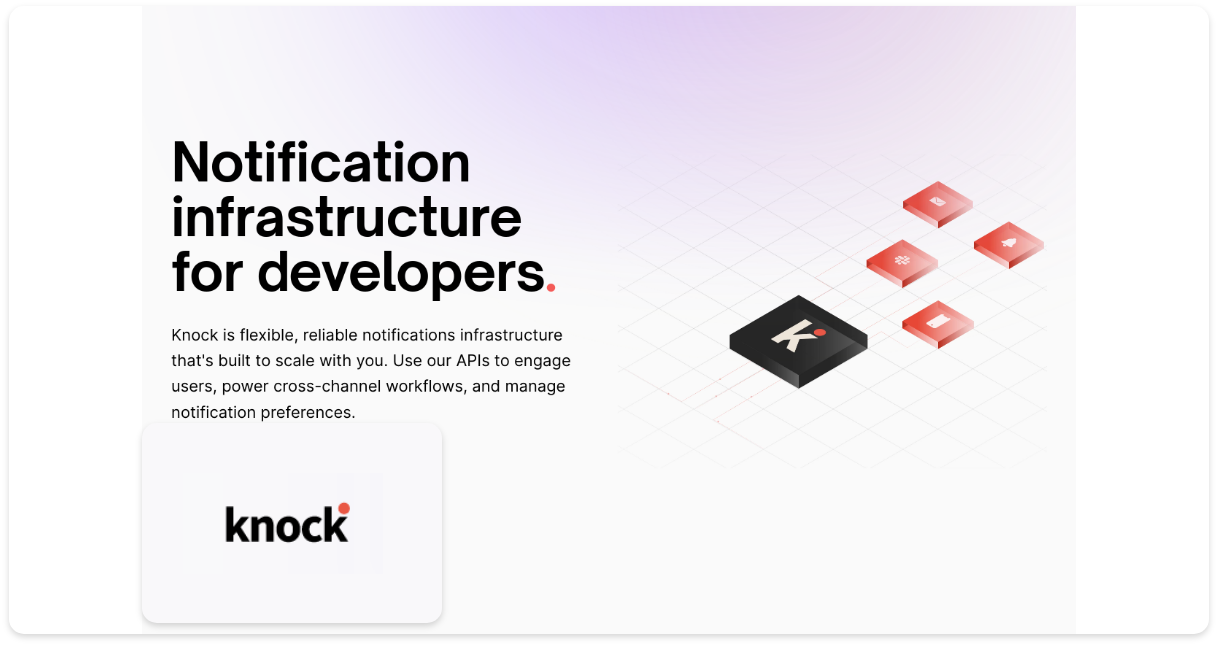Post details
Rob Barnes (a.k.a. Devops Rob) and Rosemary Wang (author of Infrastructure as Code - Patterns & Practices) are joining us today to talk about infrastructure secrets. What do Rosemary and Rob think about committing encrypted secrets into a repository? How do they suggest that we improve on storing secrets in LastPas...















